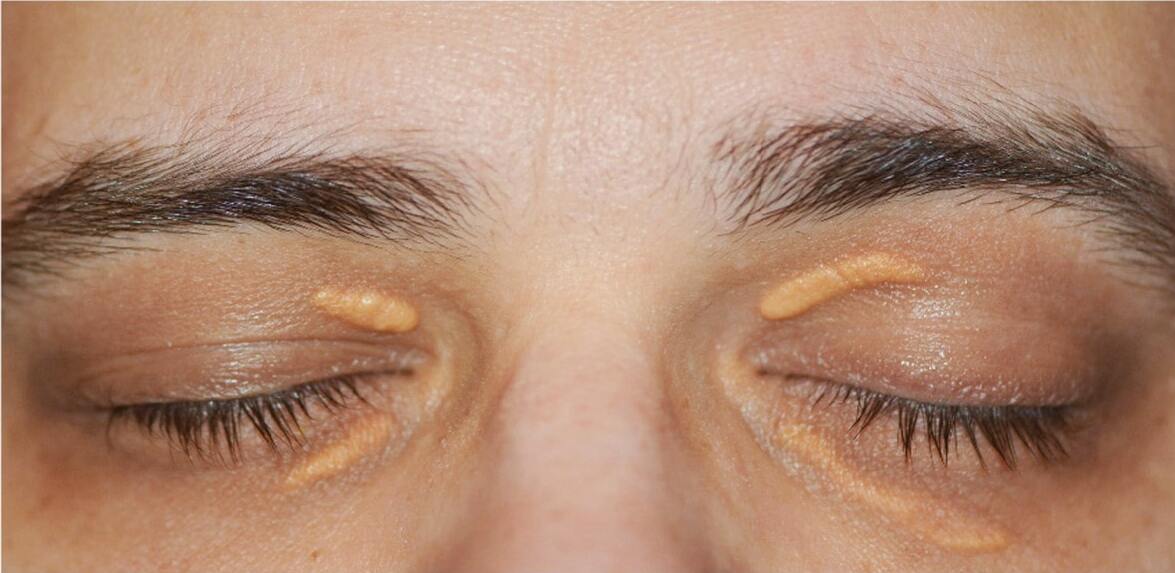Xanthelasma
Doodlebrary
- Xanthelasma, also known as xanthelasma palpebrarum, is a medical condition characterized by the development of yellowish-white, soft, raised, and fatty deposits on or around the eyelids.
- These deposits are typically seen in the inner corners of the upper eyelids but can also occur on the lower eyelids.
- Key features of xanthelasma include:
- Appearance: Xanthelasma appears as small, flat or slightly elevated, yellowish or whitish plaques on the skin of the eyelids. They can range in size from a few millimeters to several centimeters.
- Texture: The deposits are soft and often have a slightly waxy or velvety texture.
- Location: They are commonly found near the inner corner of the eye but can occur in other areas of the eyelid as well.
- Bilateral: Xanthelasma often appears bilaterally, meaning it affects both eyes.
- Xanthelasma is typically painless and not associated with any significant symptoms. However, it can be cosmetically bothersome to some individuals due to its appearance.
- Treatment options for xanthelasma may include:
- Lifestyle Modifications: If xanthelasma is associated with high cholesterol or lipid levels, lifestyle changes such as adopting a healthy diet, regular exercise, and medications to manage lipid levels may be recommended.
- Surgical Removal: In some cases, xanthelasma may be surgically removed for cosmetic reasons. This procedure is usually done by a dermatologist or an ophthalmologist. However, recurrence is possible.
- Laser Therapy: Laser therapy can be used to remove xanthelasma deposits. This method is less invasive than surgery and may result in less scarring.
- Cryotherapy: Cryotherapy involves freezing the xanthelasma lesions with liquid nitrogen. It is another option for removal.
- It’s important to consult with a healthcare professional for a proper diagnosis and treatment plan if you suspect you have xanthelasma or if you have concerns about the condition.
- Additionally, if xanthelasma is associated with underlying lipid abnormalities, it’s essential to address those underlying health issues to prevent recurrence.
